a long and successful history of co-creation
About the CNR-INO Heritage Science Group
Since 1990, CNR-INO has been involved in cultural heritage diagnostics, leading to the establishment of the Heritage Science Group (HSG), a research unit dedicated to innovative optical techniques and advanced instruments for studying works of art. The research focuses on developing non-invasive optical methodologies and opto-electronic devices for analyzing cultural heritage. These techniques and instruments are developed and implemented in national and international research projects, carried out in close collaboration with Opificio delle Pietre Dure (OPD), international research centers, conservation institutes, and museums inside the Prototype Development Lab. The prototypes are refined through interactions with experts, such as conservators, and with the support of the Optical Metrology Lab hosted in the Restoration Laboratory of Opificio delle Pietre Dure in Florence, opened in 1998.
This research experience, conducted in close collaboration with conservators and art historians, results in the creation and enhancement of innovative diagnostic systems, whose effectiveness is verified daily. As an example, the VIS-NIR multispectral scanner, which is part of the MOLAB (Mobile LABoratory) program providing access to advanced instrumentation within European projects like Eu-ARTECH, CHARISMA, IPERION CH, IPERION HS and other ongoing projects.
Pushing Boundaries: Our team continues creating new tools
Our team continues to develop new prototypes and experiment with them on artworks, co-creating innovative non-invasive tools with the Opificio delle Pietre Dure. To learn more, visit the page on tools and prototypes.
2004: New frontiers in art conservation
1st OCT measurement on a artwork
A first OCT measurement was applied on a work of art. The results were published in 2006 in “Studies in Conservation”.
Read more: T. Arecchi, M. Bellini, C. Corsi, R. Fontana, M. Materazzi, L. Pezzati, and A. Tortora, “Optical coherence tomography for painting diagnostics”, Proc.SPIE 5857, 278-282 (2005)
1989: Fragments of creativity
1st IR scanner developed
The first infrared scanner used for art was developed at CNR-INO and the results were published in “Studies in Conservation”. An infrared scanner has been assembled at the Istituto Nazionale di Ottica in Florence to obtain high-quality digitized IR reflectograms of paintings. The results are compared with conventional reflectograms obtained using a Hamamatsu vidicon tube.
Read more: Bertani, D., Cetica, M., Poggi, P., Puccioni, G., Buzzegoli, E., Kunzelman, D., & Cecchi, S. (1990). A scanning device for infrared reflectography. Studies in Conservation, 35(3), 113–116. https://doi.org/10.1179/sic.1990.35.3.113
1982: An impact that resonates
A 1st Holografic measurement applied to art
The first application of holographic interferometry on a work of art under restoration was carried out on a bronze panel of St. John’s Baptistery in Florence.
Read more: D. Bertani, M. Cetica & G. Molesini (1982) Holographic tests on the Ghiberti panel ‘The Life of Joseph’, Studies in Conservation, 27:2, 61-64, DOI: 10.1179/sic.1982.27.2.6
The scientific paper details the use of holographic interferometry on a piece of art undergoing restoration. The artefact in question is an 80 × 80 cm bronze bas-relief panel. Holographic double exposures and real-time interferometric tests were conducted in a specialized laboratory equipped with holography technology. These techniques unveiled the dynamic behavior of the artefact when subjected to minor thermal stress, simulating the larger deformations caused by daily temperature variations in a natural environment. This illustrated how temperature changes impact specific parts of the object and its overall structure, contributing to its deterioration over time.
Our Team
Introducing our researchers and collaborators
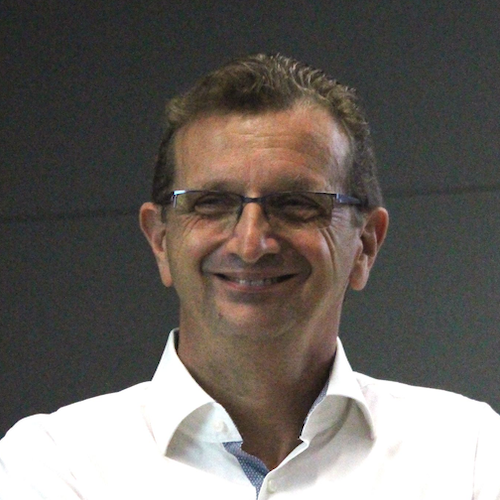
Luca Pezzati
Director of Research

Raffaella Fontana
Director of Research
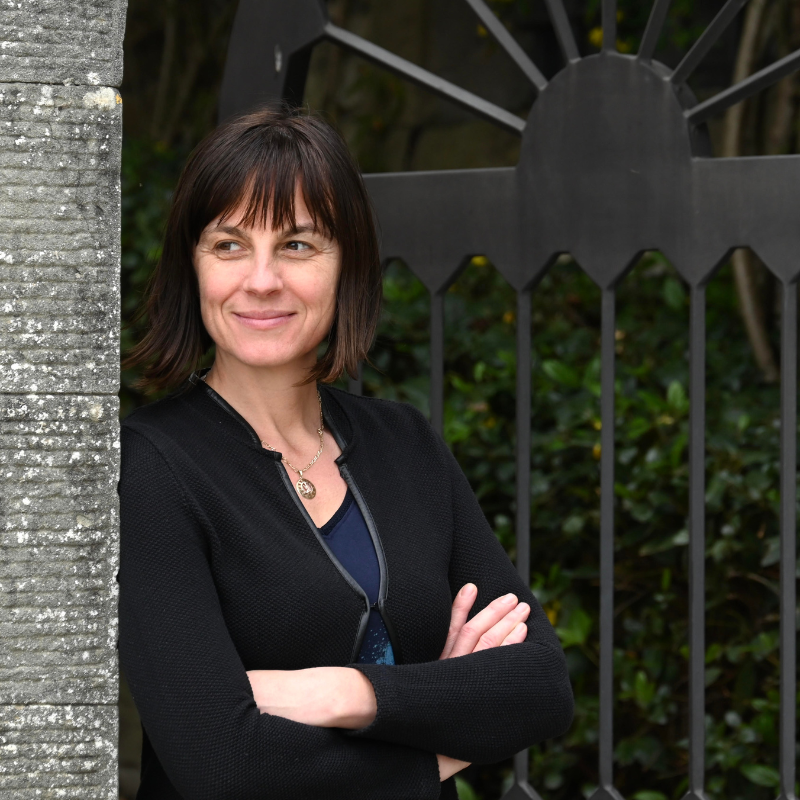
Jana Striova
Senior Researcher
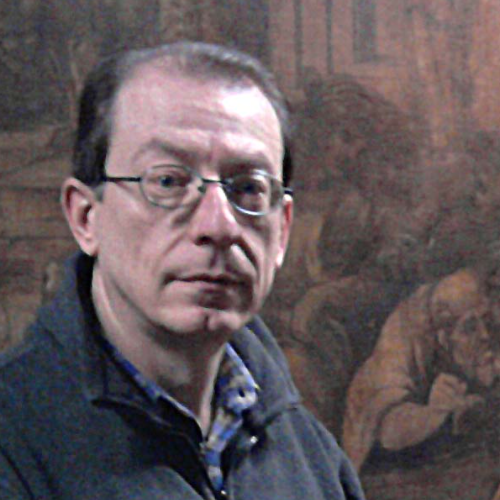
Enrico Pampaloni
Researcher

Marco Barucci
Researcher
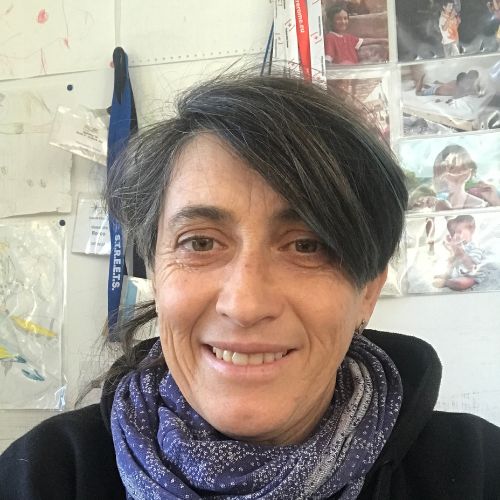
Alessandra Rocco
Researcher
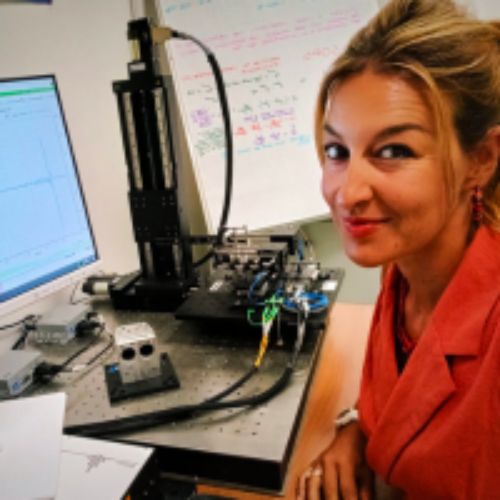
Valentina Di Sarno
Researcher

Laura Benassi
Senior Technologist
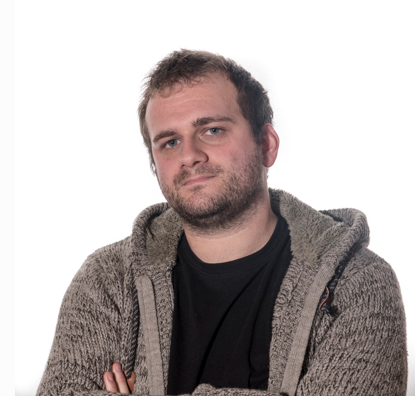
Marco Raffaelli
Technician
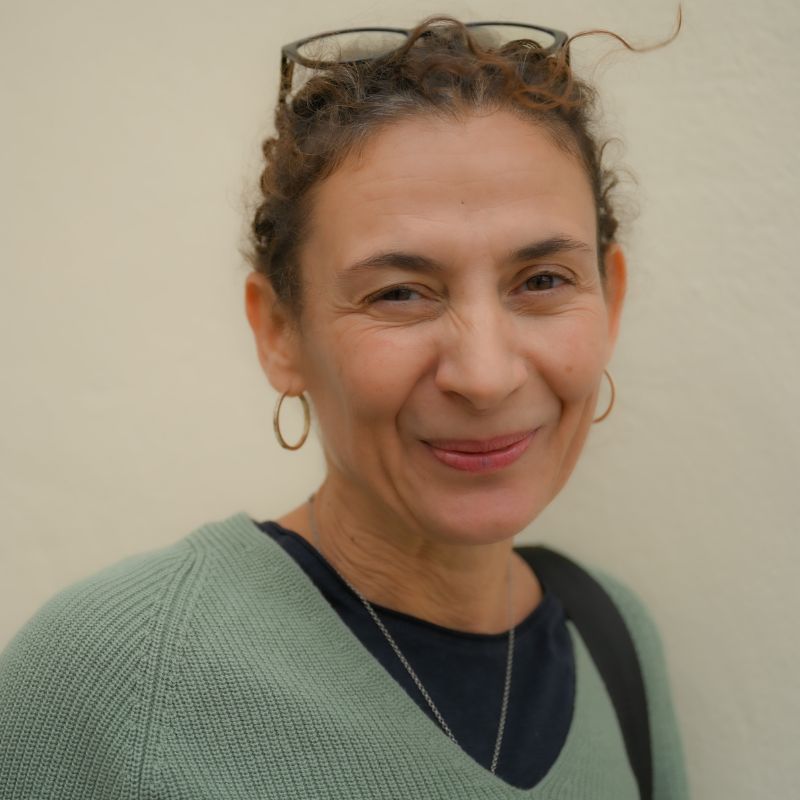
Francesca Usala
Financial officer
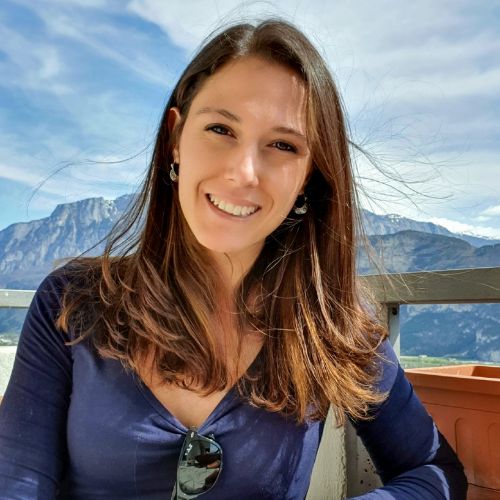
Alice Dal Fovo
TD researcher
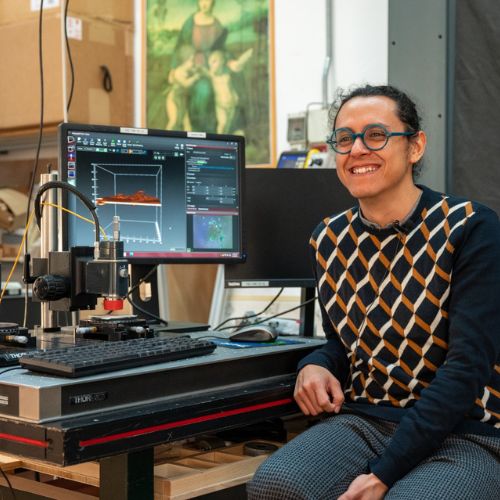
Diego Quintero Balbas
TD Researcher
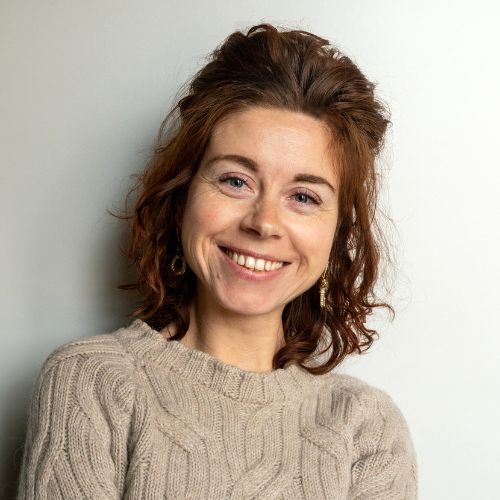
Antonina Chaban
TD Technologist
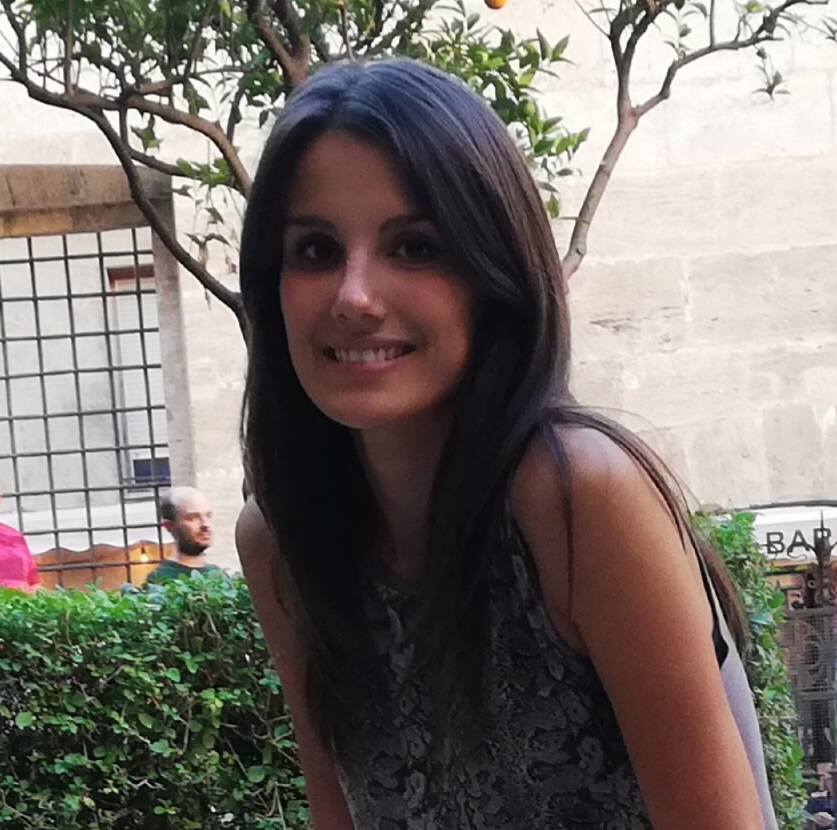
Silvia Innocenti
PhD fellow
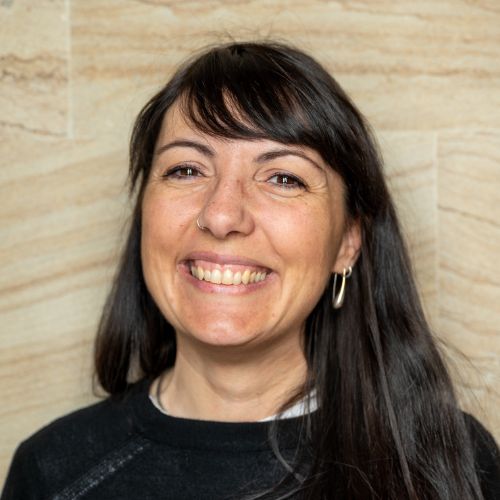
Silvia Manconi
Fellow
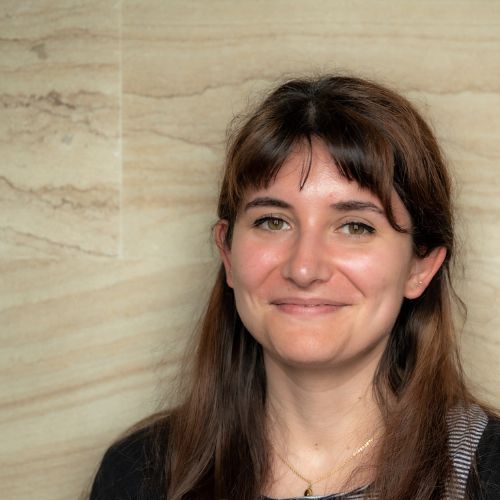
Valentina Righetti
Fellow
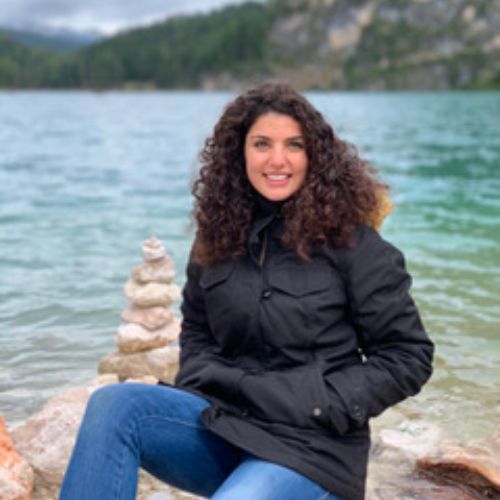
Irene Lunghi
Fellow
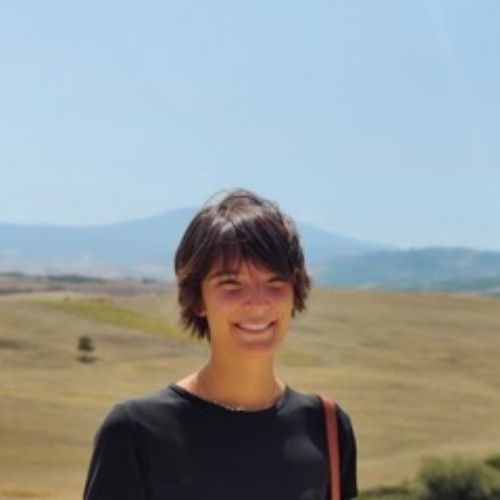
Emma Vannini
Fellow